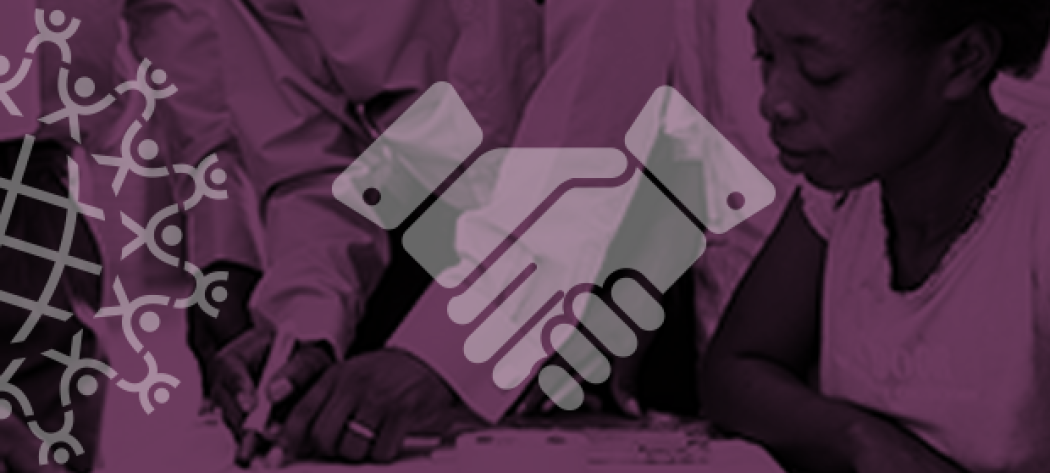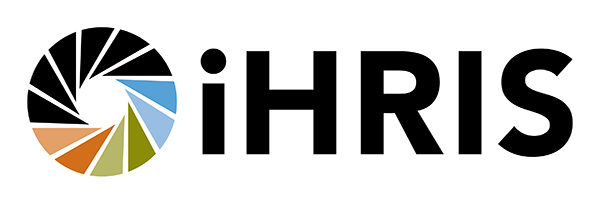NGOs and Universities Can Team Up to Improve Global Health through Digital Health

The Research Triangle area of North Carolina is named for three world-class universities that form a triangle of academic and research excellence: University of North Carolina (UNC), Duke University, and North Carolina State University. We’re lucky at IntraHealth International that our headquarters falls right in the middle of them.
I came to IntraHealth in the fall of 2013, after 20 years at UNC, in part to figure out how to engage these universities in the global health work happening on the ground in countries around the world, and to work with them to build new digital health innovations that can improve health everywhere.
How are we doing so far? In a word: fantastic.
A university engagement success story
People involved in global health are aware of the widespread shortage of health workers. WHO estimates this shortage will grow to over 18 million by 2030. We do not have enough people in the training pipeline to address such a shortfall.
So the only near-term, sustainable solution is to optimize the distribution of this workforce—that is, to make sure the right health workers are available when and where they’re needed most.
A single-step national workforce calculator has eluded our field for years.
The traditional method, pioneered by WHO’s Workforce Indicators of Staffing Need (WISN), involves sending hundreds of workshop leaders to collect information from every health facility and about every type of health worker across a country, since many of these facilities do not have access to accurate electronic human resources data—information about who is there, what they are doing, and the disease burden at each facility.
This is an expensive, slow, and sometimes error-prone process. Those expenses and logistical challenges mean that governments rarely do national workforce optimizations, even though there can be massive and immediate benefits.
We took a digital health approach, and decided to develop an automated workforce calculator at a national scale. It’s based on WISN-type logic, but approaches the data input in a radically different manner.
Essentially, we wanted to build a solution where a country could access its national data on the current workforce, including the time it takes to do certain tasks and the population’s disease burden, and get a detailed analysis of which and how many health workers a country needs and where, across their entire health system. This would be possible if we could pull together three types of data:
- iHRIS human resources data on health workers
- Aggregate DHIS2 data on health service delivery
- The amount of staff time it takes to deliver the health service
Yet who would take on this challenge to create a digital workforce calculator and change the workforce optimization dynamic?
We have access to the greatest minds on any university campus: the students.
We sent a concept note and sample data to Michael Kowolenko at NC State University for his computer science course, during which students work on external projects such as this. And then we waited.
Finally, after three months, it was time for the students to present their work. I was hopeful, but not optimistic that they had a solution. After all, a single-step national workforce calculator has eluded development practitioners for years.
Yet the team—Daniel Cary, Nikhila Balaji, Arun Jaganathan, and Jonathan Raynor—presented an impressive tool. In just a few minutes, they showed us how they were able to:
- Wrangle data from three interoperable databases.
- Develop tools that allow the user to vary the selection of cadre (such as nurses or midwives) as well as subcadres (such as enrolled vs. registered nurses).
- Create tools to vary the facility or facilities (stair-stepping from one to all).
- Identify health services and draw data on total time on task and by subprocess.
- Develop a dashboard that offers parameter selection of all of the above factors to be applied individually or all at once.
- Develop a dashboard that presents the resulting information visually in graphs, charts, and maps.
- Add a predictive tool based on WHO data on national health workforces.
This single student-led effort is worth over $97,000 in professional expertise.
In just three months they had achieved a functional prototype that was highly efficient, elegant in its interface, and very powerful—characteristics usually absent in a first version of software. This solution could help a national ministry of health run scenarios across all the factors involved, and explore options instantly, which would be too expensive and time-consuming to do using traditional methods.
We estimate that this single student-led effort is worth over $97,000 in professional software development expertise, and it jump-started our efforts to bring this innovation to our government clients. We are now planning to connect their solution to live iHRIS and DHIS2 instances to test their approach in a real-world setting.
Our university engagement process
This success comes from our unique university engagement process for digital health, which includes working with a single discipline such as computer science or with multidisciplinary programs such as health informatics. We invite students to work with us during a portion of their academic journey that is beneficial to us both:
-
IntraHealth gets access to the greatest minds on any university campus: the students. Students don’t have our built-in biases. They don’t know what’s impossible, so they are willing to take risks we might scoff at, providing insights and innovations that surprise us and lead to new opportunities and impact.
-
Students get a lesson on what is possible in global health, and how their ideas and concepts play out in the real world—yet in a controlled environment where they can learn, and fail, without serious repercussions. This proving ground helps students develop the analytical and teamwork skills that form the basis of a successful career in any health discipline.
IntraHealth’s digital health team has conducted well over a dozen academic engagements now. As we’ve engaged units in computer science, health behavior, business administration, and geospatial analytics, we’ve seen uniformly positive experiences for the students.
Typically, IntraHealth provides preceptor support, the issue to be addressed, any relevant data needed, the context of action, and a definition of the student project deliverable, within the academic program’s guidelines and time frames. Those vary from single students working on a semester-length project to a team of six students working for an entire academic year.
Two of our secrets: Students opt into our project topics and make them their own. And we approach the students to gauge their interest, rather than assigning them work. They then help us peer over the horizon to see what’s next. They get a peek at the impact they can have to help people they will never meet.
Want to know more about how IntraHealth works with universities to improve digital health initiatives? Find out here.
